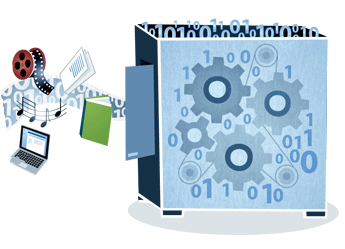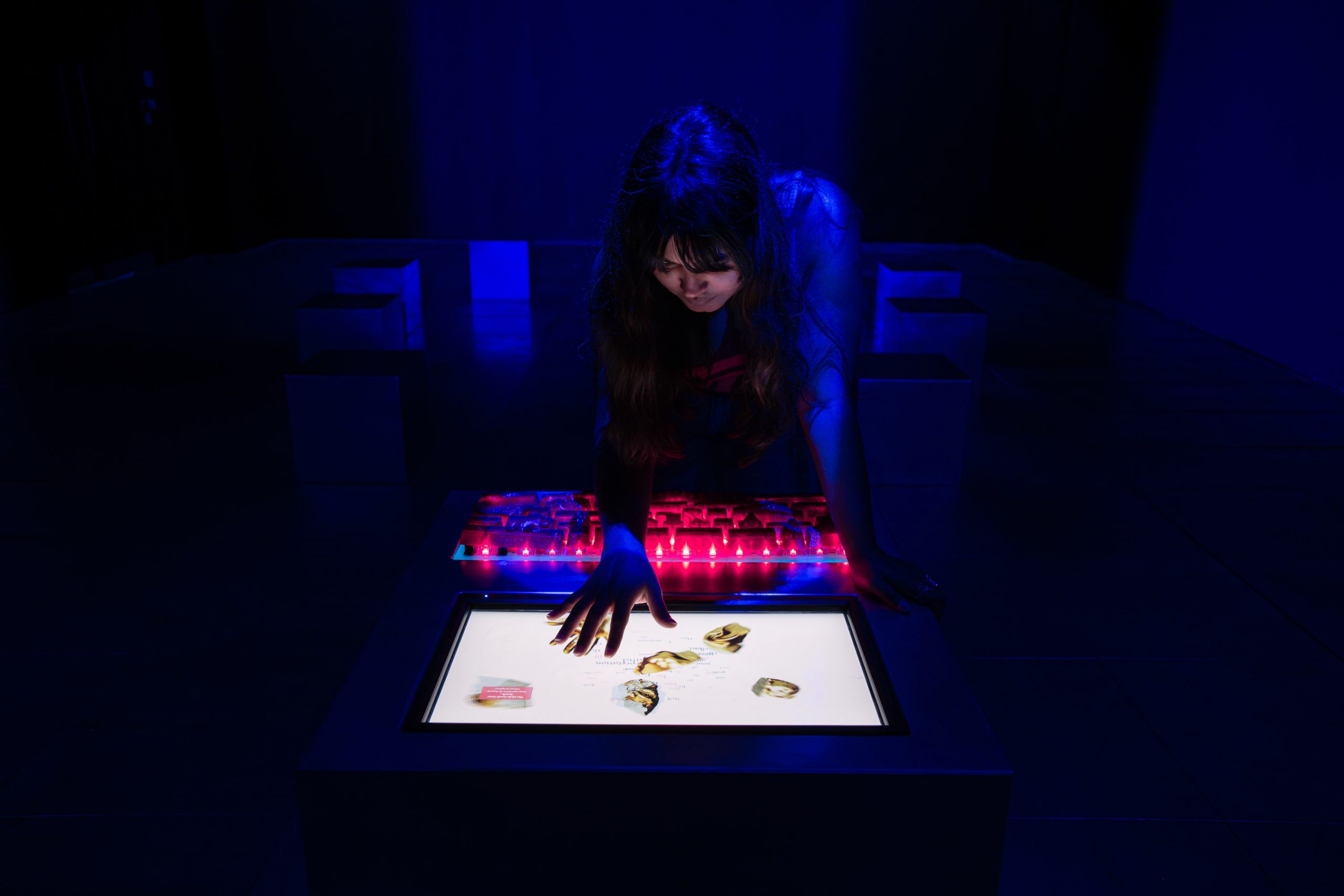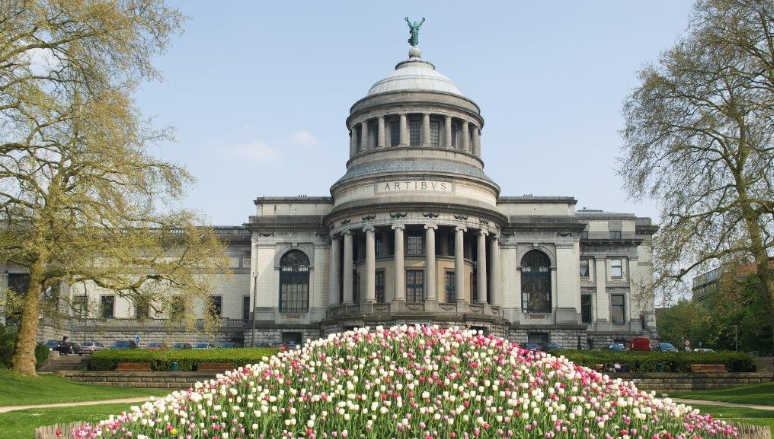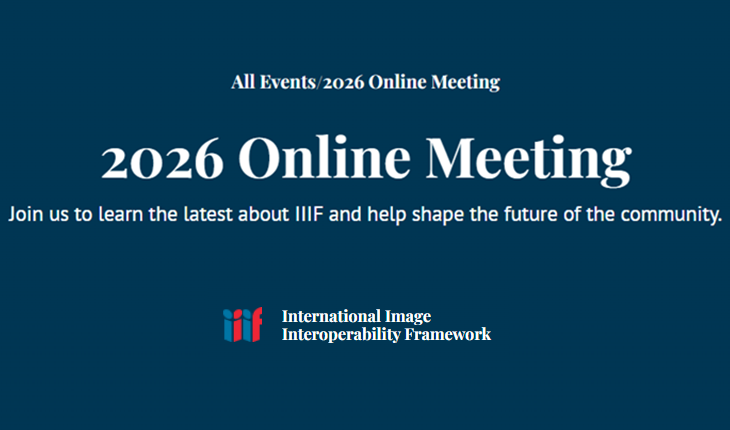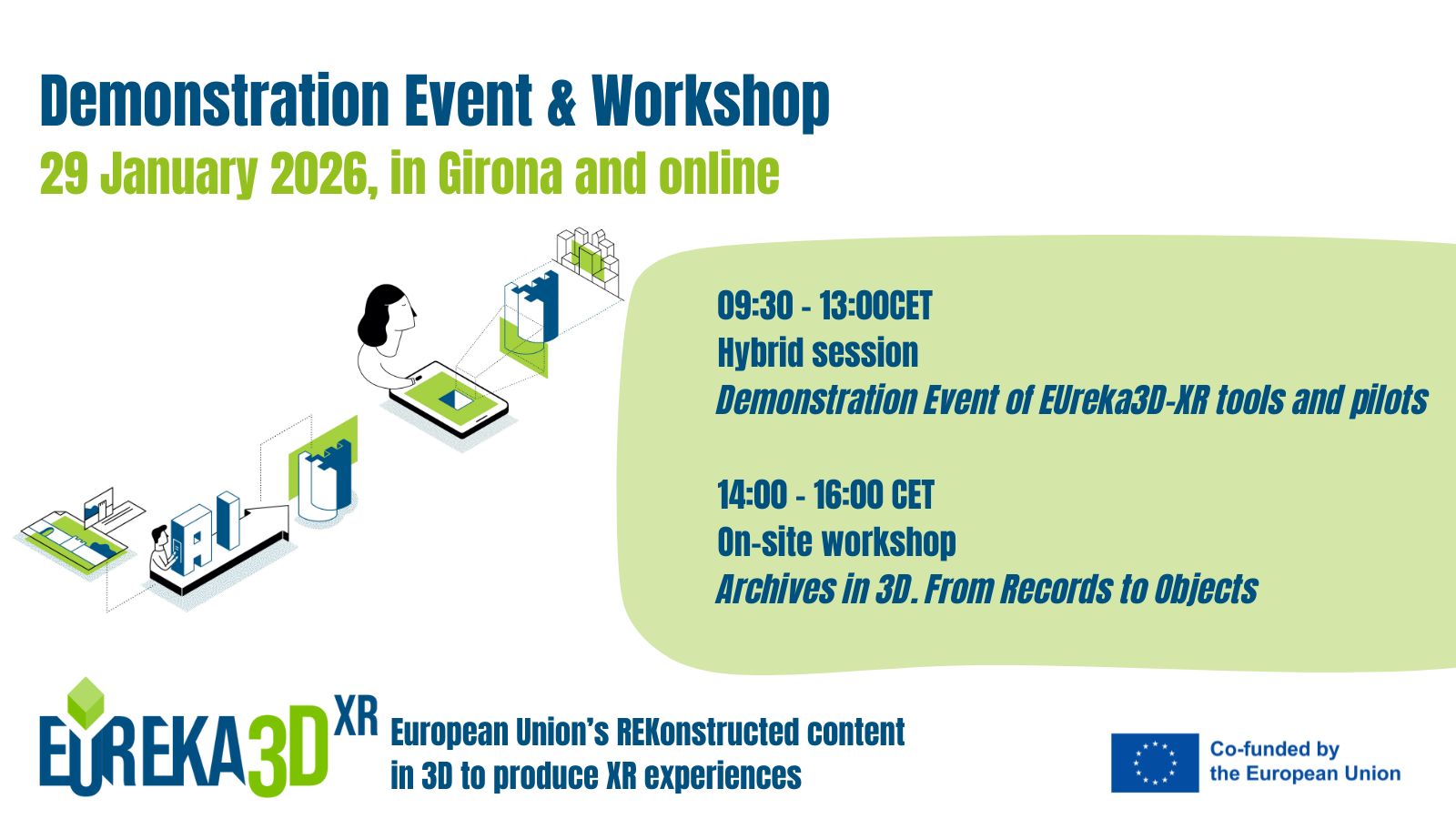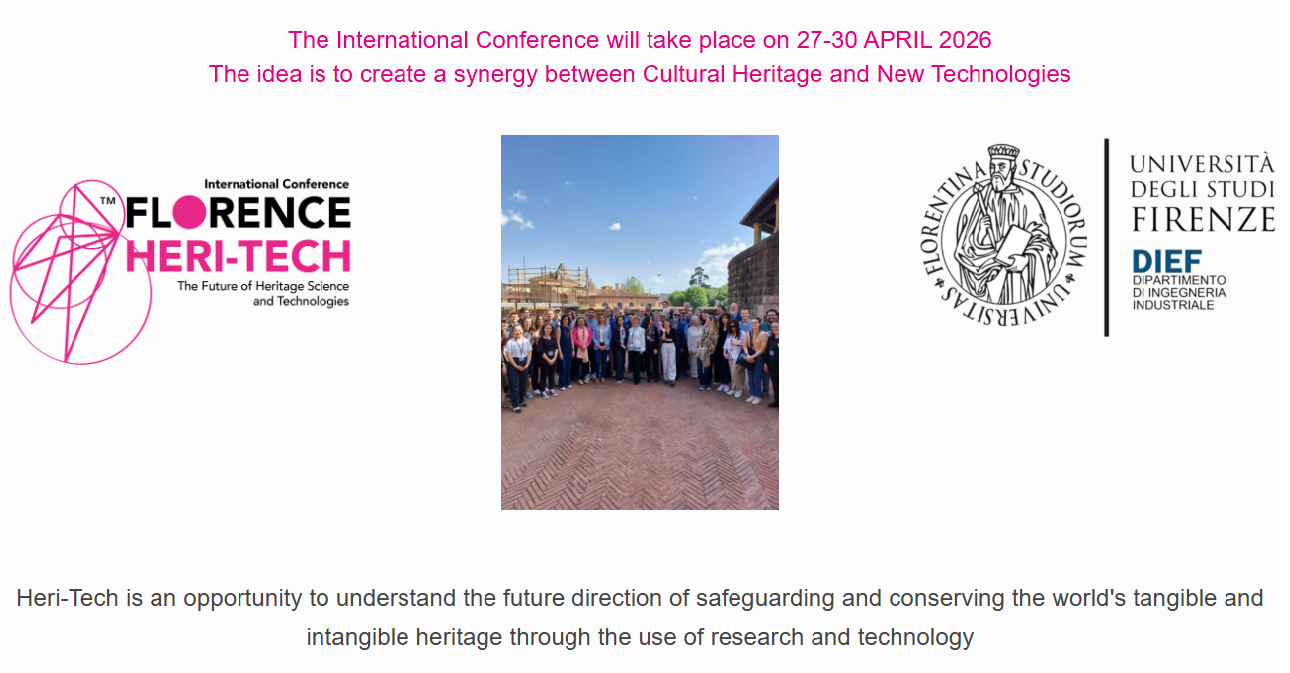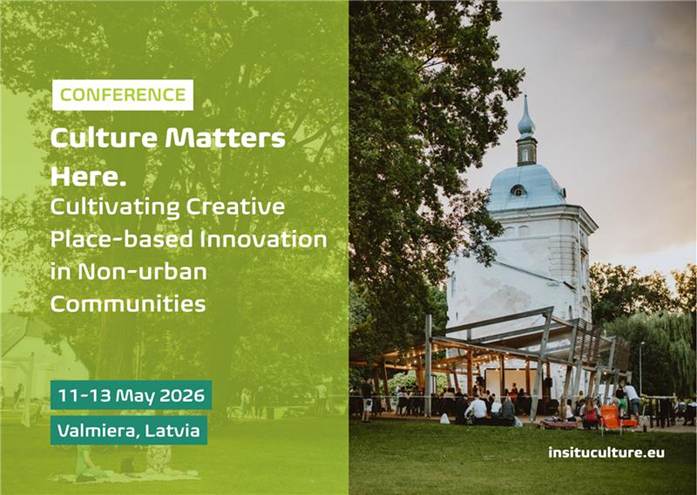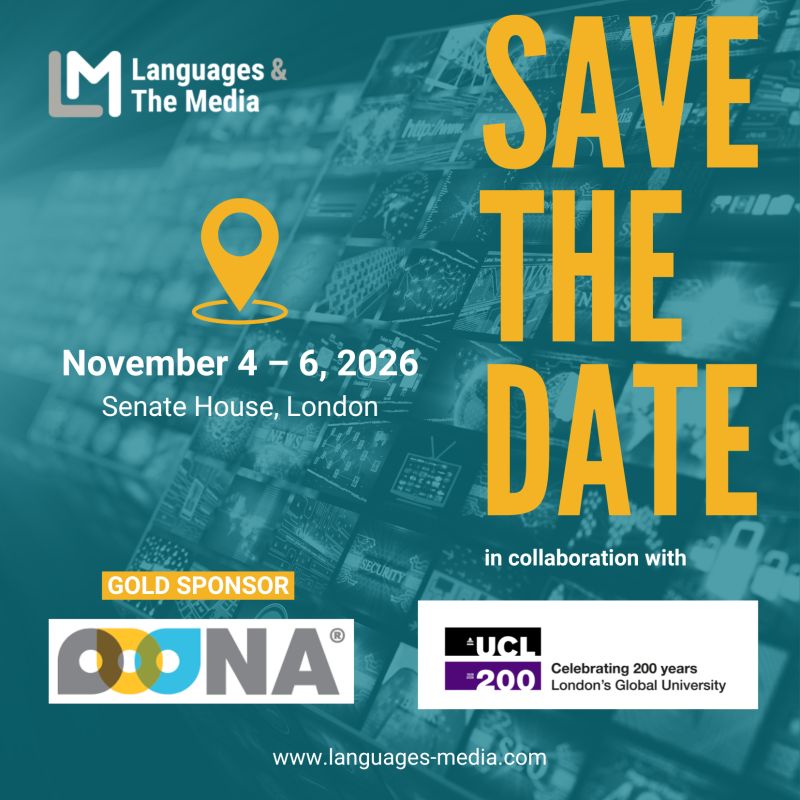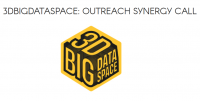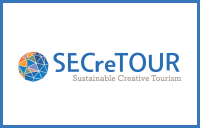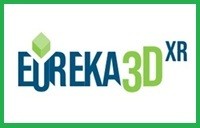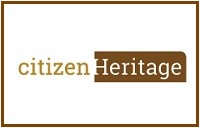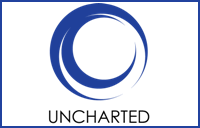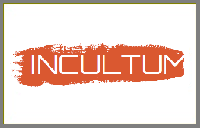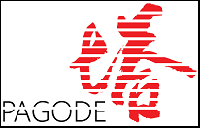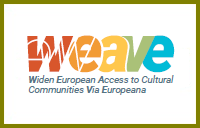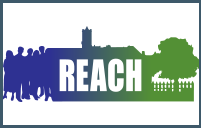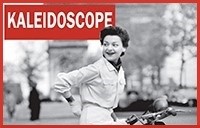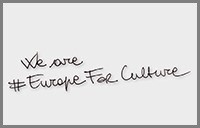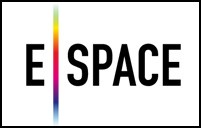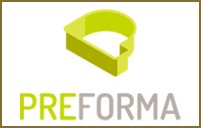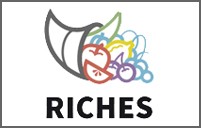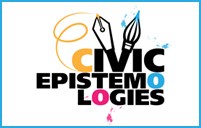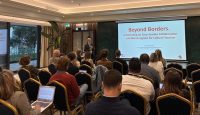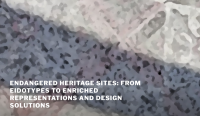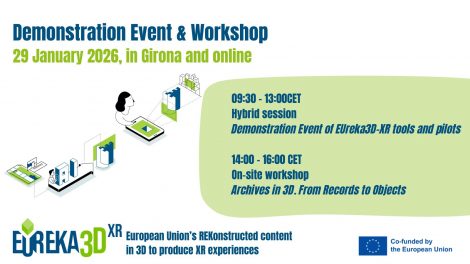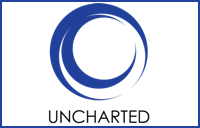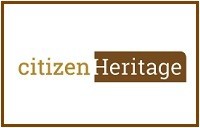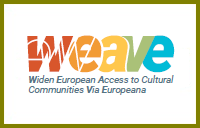
The International Conference on Theory and Practice of Digital Libraries (TPDL) constitutes a leading scientific forum on digital libraries that brings together researchers, developers, content providers and users in the field of digital libraries. TPDL 2013, the 17th edition of the conference, has been organized by University of Malta and it was held in Valletta, Malta on September 22-26, 2013.
The Conference hosted the 3rd Plenary Meeting of the DCH-RP project (see more information here). DCH-RP partners joined the TPDL Conference on 24 September in the morning.
Aims & Scope
Valuable and rapidly increasing volumes of data are produced or transformed into digital form by all fields of scientific, educational, cultural, business and governmental activities. For this purpose the digital libraries community has developed long-term and interdisciplinary research agendas, providing significant results, such as conceptual models, added value infrastructures, software tools, standards and services.
The advent of the technologies that enhance the exchange of information with rich semantics is the epicenter of the discussions of the community. Information providers inter-link their metadata with user contributed data and offer new services outlooking to the development of a web of data and addressing the interoperability and long-term preservation challenges.
TPDL 2013’s general theme is “Sharing meaningful information“, and beside the Conference it will offer attendees and local participants a stimulating and informative selection of tutorials covering current topics in digital libraries and related technologies and areas of research. Moreover, the final day, September 26, 2013, after the Main Track of the conference, a series of selected Workshops is organized.
VIDEO: A short overview of the activities of the TPDL2013
Topics
General areas of interests include, but are not limited to, the following topics, organized in four categories, according to a conceptualization that coincides with the four arms of the Maltese Cross:
Foundations
- Information models
- Digital library conceptual models and formal issues
- Digital library 2.0
- Digital library education curricula
- Economic and legal aspects (e.g. rights management) landscape for digital libraries
- Theoretical models of information interaction and organization
- Information policies
- Studies of human factors in networked information
- Scholarly primitives
- Novel research tools and methods with emphasis on digital humanities
- User behavior analysis and modeling
- Social-technical perspectives of digital information
Infrastructures
- Digital library architectures
- Cloud and grid deployments
- Federation of repositories
- Collaborative and participatory information environments
- Data storage and indexing
- Big data management
- e-science, e-government, e-learning, cultural heritage infrastructures
- Semi structured data
- Semantic web issues in digital libraries
- Ontologies and knowledge organization systems
- Linked Data and its applications
Content
- Metadata schemas with emphasis to metadata for composite content (Multimedia, geographical, statistical data and other special content formats)
- Interoperability and Information integration
- Digital Curation and related workflows
- Preservation, authenticity and provenance
- Web archiving
- Social media and dynamically generated content for particular uses/communities (education, science, public, etc.)
- Crowdsourcing
- 3D models indexing and retrieval
- Authority management issues
Services
- Information Retrieval and browsing
- Multilingual and Multimedia Information Retrieval
- Personalization in digital libraries
- Context awareness in information access
- Semantic aware services
- Technologies for delivering/accessing digital libraries, e.g. mobile devices
- Visualization of large-scale information environments
- Evaluation of online information environments
- Quality metrics
- Interfaces to digital libraries
- Data mining/extraction of structure from networked information
- Social networks analysis and virtual organizations
- Traditional and alternative metrics of scholarly communication
- Mashups of resources
Download the TPDL leaflet (PDF, 160 Kb)
Follow the proceedings of the Conference on the TPDL Official Website
See the photos here


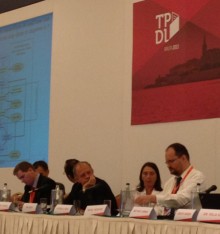
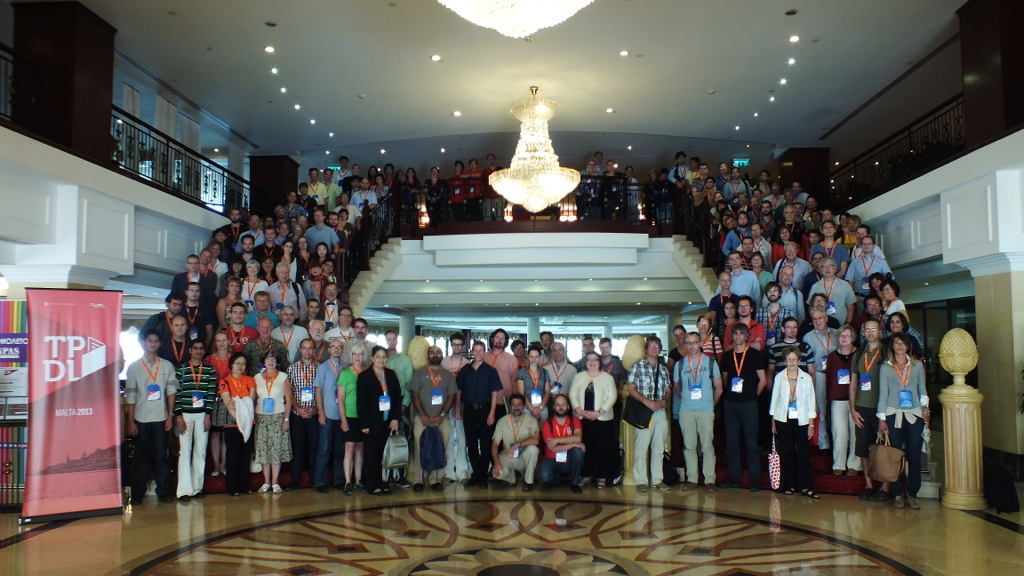
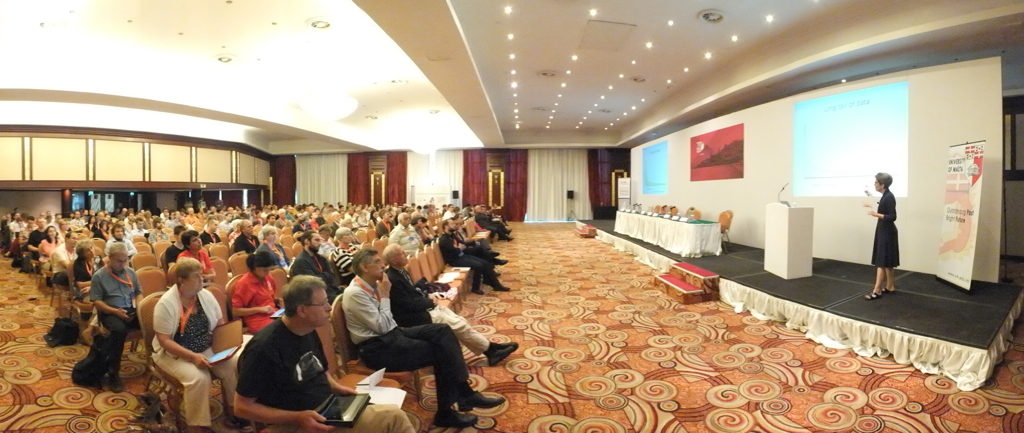
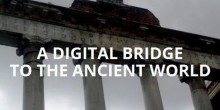

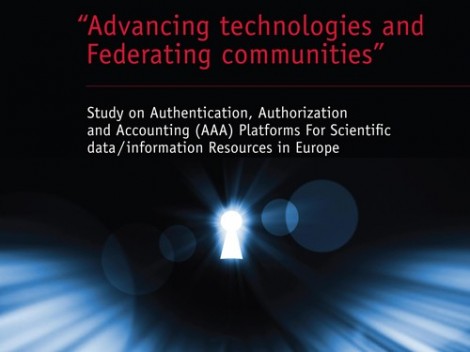 Source:
Source: 
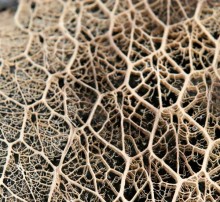
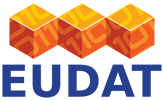 The EUDAT project has, since its inception in 2011, always explored ways to build generic technical services that support multiple research communities. EUDAT works closely with a wide range of communities to deliver these technical services as part of the EUDAT Collaborative Data Infrastructure (CDI). To be successful in this ambitious initiative, EUDAT is using novel methods to involve all the stakeholders, both in the discussions to determine the required services, and in the process of designing, developing and implementing those services.
The EUDAT project has, since its inception in 2011, always explored ways to build generic technical services that support multiple research communities. EUDAT works closely with a wide range of communities to deliver these technical services as part of the EUDAT Collaborative Data Infrastructure (CDI). To be successful in this ambitious initiative, EUDAT is using novel methods to involve all the stakeholders, both in the discussions to determine the required services, and in the process of designing, developing and implementing those services.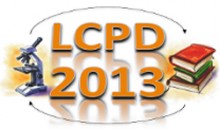
 This workshop was organized in conjunction with the
This workshop was organized in conjunction with the 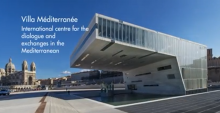
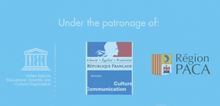 The event was very wide including 350 presentations, some 100 full papers, 130 short and special session papers, 90 posters, 20 panels, tutorials and workshops, and 37 exhibitions.
The event was very wide including 350 presentations, some 100 full papers, 130 short and special session papers, 90 posters, 20 panels, tutorials and workshops, and 37 exhibitions.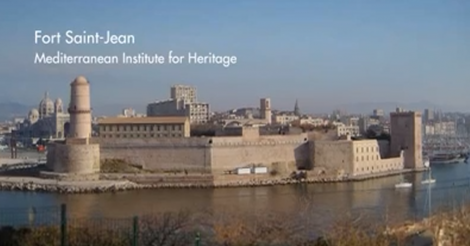
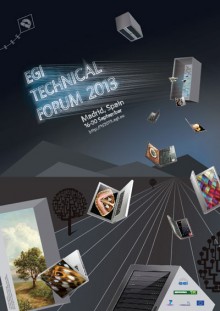
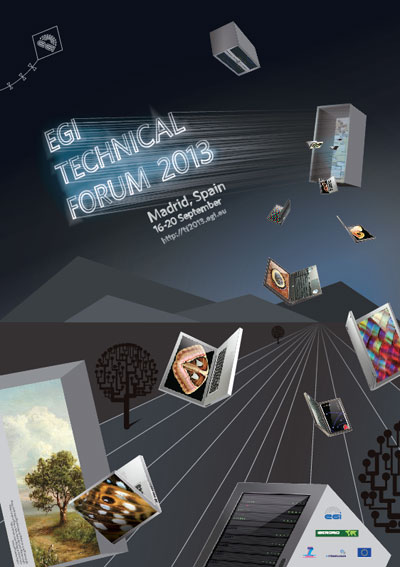 The EGI Technical Forum 2013 took place from 16 to 20 September in Madrid at the Meliá-Castilla Hotel & Convention Centre. The event was being organised with the support of the Ministry of Economy and Competitiveness of Spain, the Spanish National Research Council and Red IRIS.
The EGI Technical Forum 2013 took place from 16 to 20 September in Madrid at the Meliá-Castilla Hotel & Convention Centre. The event was being organised with the support of the Ministry of Economy and Competitiveness of Spain, the Spanish National Research Council and Red IRIS.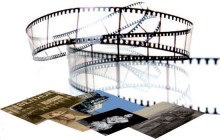
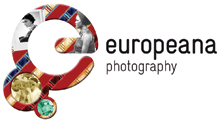
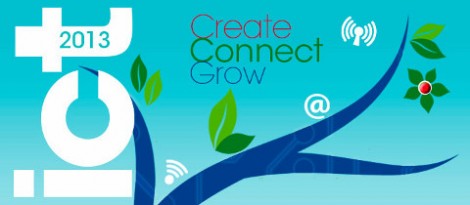













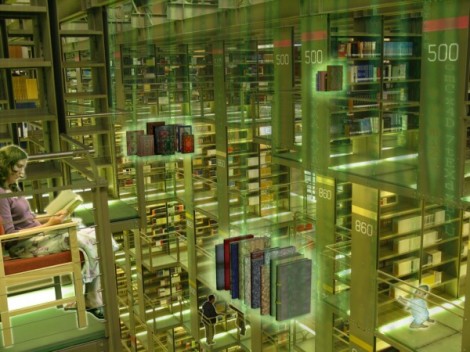 The result of the digitisation initiatives carried out by memory institutions (museums, libraries, archives) in Europe and world-wide has produced a large amount of cultural content, which is continuously growing.
The result of the digitisation initiatives carried out by memory institutions (museums, libraries, archives) in Europe and world-wide has produced a large amount of cultural content, which is continuously growing.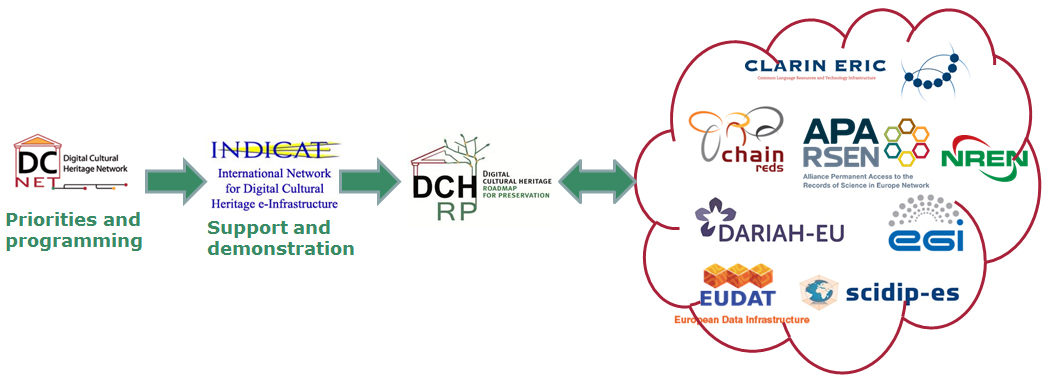
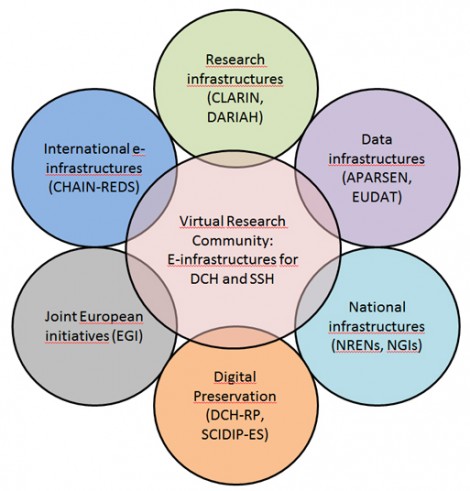
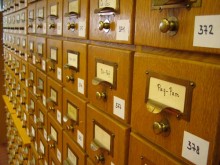
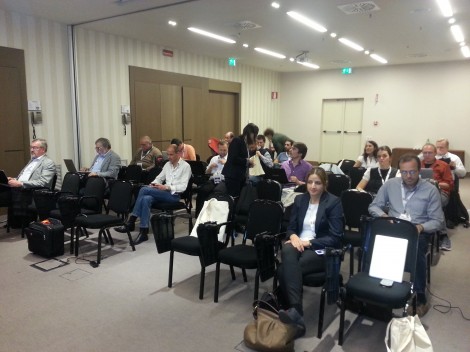 “Digital Preservation of cultural data” is the title of the workshop organised by
“Digital Preservation of cultural data” is the title of the workshop organised by 